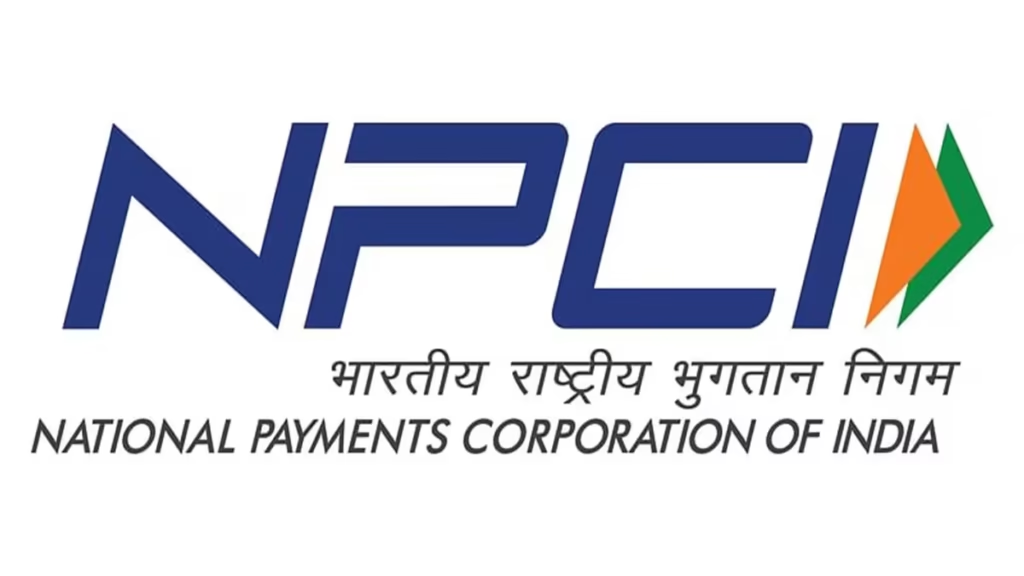
Table of Contents
Introduction: India’s Leap in FinTech Innovation
The National Payments Corporation of India (NPCI) and the Reserve Bank of India (RBI) have unveiled a series of groundbreaking digital payment innovations at the Global FinTech Fest 2025, held in Mumbai.
Among these announcements, the most talked-about is the introduction of biometric and wearable glass based UPI biometric authentication payments, a move set to make digital payments faster, easier, and more secure.
This development marks another major milestone in India’s digital revolution, making cashless payments more inclusive and accessible, especially for senior citizens and first-time users.
UPI Gets Smarter: Biometric Authentication for Payments
NPCI has rolled out on-device biometric authentication for UPI payments.
This allows users to verify payments using their fingerprint or face unlock — completely eliminating the need to manually enter a UPI PIN.
Each transaction is securely verified by the issuing bank, ensuring strong fraud prevention measures remain in place.
This upgrade aims to simplify payments for users who find PIN-based verification difficult, such as elderly users or those new to digital banking.
Initially, the biometric feature is available for transactions up to ₹5,000, with the potential for higher limits in the future.
How It Works: Fingerprint and Face Unlock for UPI
The biometric UPI authentication system is simple yet highly secure. Here’s how it functions:
Uses your phone’s built-in fingerprint sensor or face unlock feature.
Removes the need to remember or type in your UPI PIN.
Processes payments in seconds, enhancing speed and convenience.
Each transaction is validated by your bank before approval.
By utilizing the same security features already present in smartphones, this system ensures both convenience and protection for users.
UPI Wearable Glass Payments: The Future is Hands-Free
In another innovative leap, NPCI has expanded UPI Lite to support wearable smartglasses.
This feature enables users to make small, everyday transactions without even touching their phone.
Simply scan a QR code through the glasses’ camera and confirm via voice command — perfect for payments at shops, restaurants, or public transport.
The wearable UPI system is designed for micro-payments and supports recurring transactions as well, offering a futuristic and hands-free payment experience.
Aadhaar-Based Face Authentication for UPI PIN Setup
Setting or resetting a UPI PIN has now become even easier with the introduction of Aadhaar based face authentication.
This feature uses UIDAI’s FaceRD app to verify users via facial recognition linked to Aadhaar data.
It’s especially helpful for users who don’t have access to debit cards or prefer a simpler onboarding process.
This step makes UPI access more inclusive, particularly in rural and semi-digital regions.
Cash Withdrawals and Multi-Account Access via UPI
NPCI has also introduced a new facility for cash withdrawals through micro ATMs, available at UPI Cash Points operated by Business Correspondents (BCs).
In addition, joint and multi-signatory account holders can now make UPI payments, expanding digital access for families, small businesses, and cooperative account users.
This integration bridges the gap between digital and physical banking, promoting financial inclusion across India.
Security and Consent: What You Should Know
While convenience is a highlight, NPCI and RBI have emphasized strong security protocols for biometric payments:
Transaction Limit: ₹5,000 per biometric payment.
Auto Deactivation: If a user doesn’t perform biometric transactions for 90 days, the feature is turned off automatically.
PIN Reset Rule: If you reset your UPI PIN, biometric access is temporarily disabled until you re-enable it.
Encryption: Banks must refresh encryption keys at least once a year.
Device Validation: Only certified, compatible devices can process biometric UPI transactions.
Once a biometric transaction is verified, it is processed immediately — users cannot cancel or reverse it afterward.
These safeguards are designed to maintain user trust while delivering convenience.
Step by Step Guide to Enable Biometric UPI Payments
Once your UPI app supports biometric authentication, here’s how you can activate and use it:
Open your UPI app (PhonePe, Paytm, Google Pay, or BHIM).
Start a payment — either scan a QR code or choose a contact.
Enter the amount and select your preferred bank account.
When asked for your UPI PIN, tap “Use Biometric.”
Authenticate using fingerprint or face unlock.
Once verified, the payment is processed instantly, without a PIN.
Pros and Cons of Biometric UPI Authentication
| Advantages | Disadvantages |
|---|---|
| Faster, PIN-free transactions | Accidental or unintentional payments possible |
| Ideal for elderly or less tech-savvy users | Once authenticated, payment cannot be reversed |
| Stronger security with biometrics | Limited compatibility in older phones |
| Reduces errors due to forgotten PINs | Requires reactivation after 90 days of inactivity |
| More convenient and accessible | Depends on secure biometric storage |
Conclusion: Towards a Smarter, Safer Digital India
The introduction of biometric and wearable glass authentication for UPI is a bold and futuristic step in India’s digital payments ecosystem.
It reflects NPCI and RBI’s vision of creating a seamless, inclusive, and secure digital economy where technology adapts to people — not the other way around.
By merging AI, biometrics, and wearable tech, India is setting a new global benchmark in payment innovation.
As banks and apps gradually roll out support, users can look forward to a world where your fingerprint or face becomes your payment key — secure, effortless, and always within reach.
Disclaimer: The information in this article is based on details first reported by official sources and publicly available news, including Google News. We have adapted and rewritten the content for clarity, SEO optimization, and reader experience. All trademarks and images belong to their respective owners.
